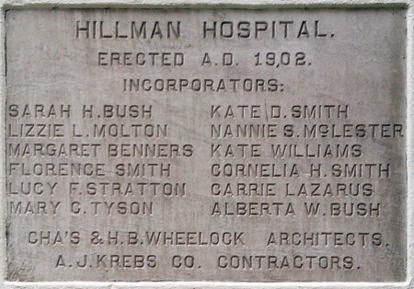Parts 1-4 of this series covered silent films made in the Birmingham area by producers from outside the state. This posting covers local efforts in the city to make silent films.
Please note that all of these items are identified on the Birmingham Public Library's Digital Collections site as being published in the Birmingham News and I have so designated them here. However, internal evidence in at least two of these items indicates publication in the Birmingham Post or Post-Herald.
This article about a "home motion picture" appeared in the Birmingham News in the April 28, 1925, edition.
Source: Birmingham Public Library Digital Collections
According to the above article, "Things You Ought to Know about Birmingham" would be showing at the Trianon Theater the first week of May, 1925. The Trianon was located on 2nd Avenue North and had opened in 1913 as probably one of Birmingham's first movie theaters. I presume the "Imperial Film Comany" is not the same firm by that name as the one that became the largest in India in the 1920s and 1930s, but so far I've found nothing else about it. As best I can determine, the "2,000 feet" length of the film would have run under 20 minutes if shot in 35mm.
The article below appeared in the Birmingham News on February 12, 1928. The caption reads:
Here are the four principles in "The Love Beat," a Birmingham-written movie that is being produced by The Post and the Alabama theater with local characters. In the upper left hand corner is Miss Leatlha Martin, who plays the part of "Sally;" center, Olen Deitz, "Jimmie," a Post reporter; upper right, Miss Myrtle Burgess, "Johanna." In the lower center is Guy McNaron, who plays "Steve," another Post reporter and husband of "Sally." The other lower scenes were made when the party was on location at Mountain Brook estates on the road in front of the home of Warner S. Watkins, local broker.
Some quick research has produced nothing about these individuals, so deeper digging will be required.
Source: Birmingham Public Library Digital Collections
The next appeared in the Birmingham News a few months later on August 4, 1928.
Source: Birmingham Public Library Digital Collections
Another item on an individual film appeared in the Birmingham News on July 14, 1929. This production was a product of the group noted in the article above, the "Birmingham Amateur Movie Association". That group also produced another film in 1929, "What Price Pearls."
Source: Birmingham Public Library Digital Collections
I hope to do some research in the future to shed further light on these individuals and films. Whether any of these films survive is unknown at this time. None of them appear in the Internet Movie Database, but that resource is known to be weak in information about silent and early sound films.




























